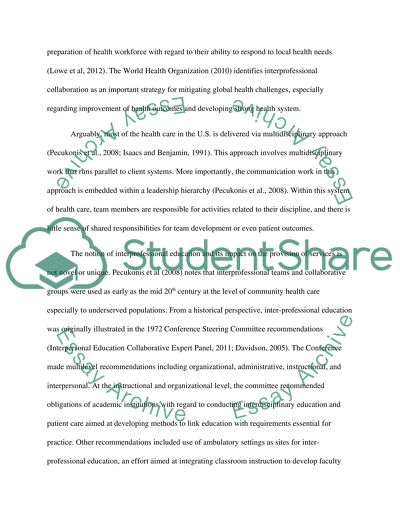Cite this document
(“Nursing - Interprofessional Education Essay Example | Topics and Well Written Essays - 2000 words”, n.d.)
Retrieved de https://studentshare.org/nursing/1449506-interprofessional-education
Retrieved de https://studentshare.org/nursing/1449506-interprofessional-education
(Nursing - Interprofessional Education Essay Example | Topics and Well Written Essays - 2000 Words)
https://studentshare.org/nursing/1449506-interprofessional-education.
https://studentshare.org/nursing/1449506-interprofessional-education.
“Nursing - Interprofessional Education Essay Example | Topics and Well Written Essays - 2000 Words”, n.d. https://studentshare.org/nursing/1449506-interprofessional-education.


